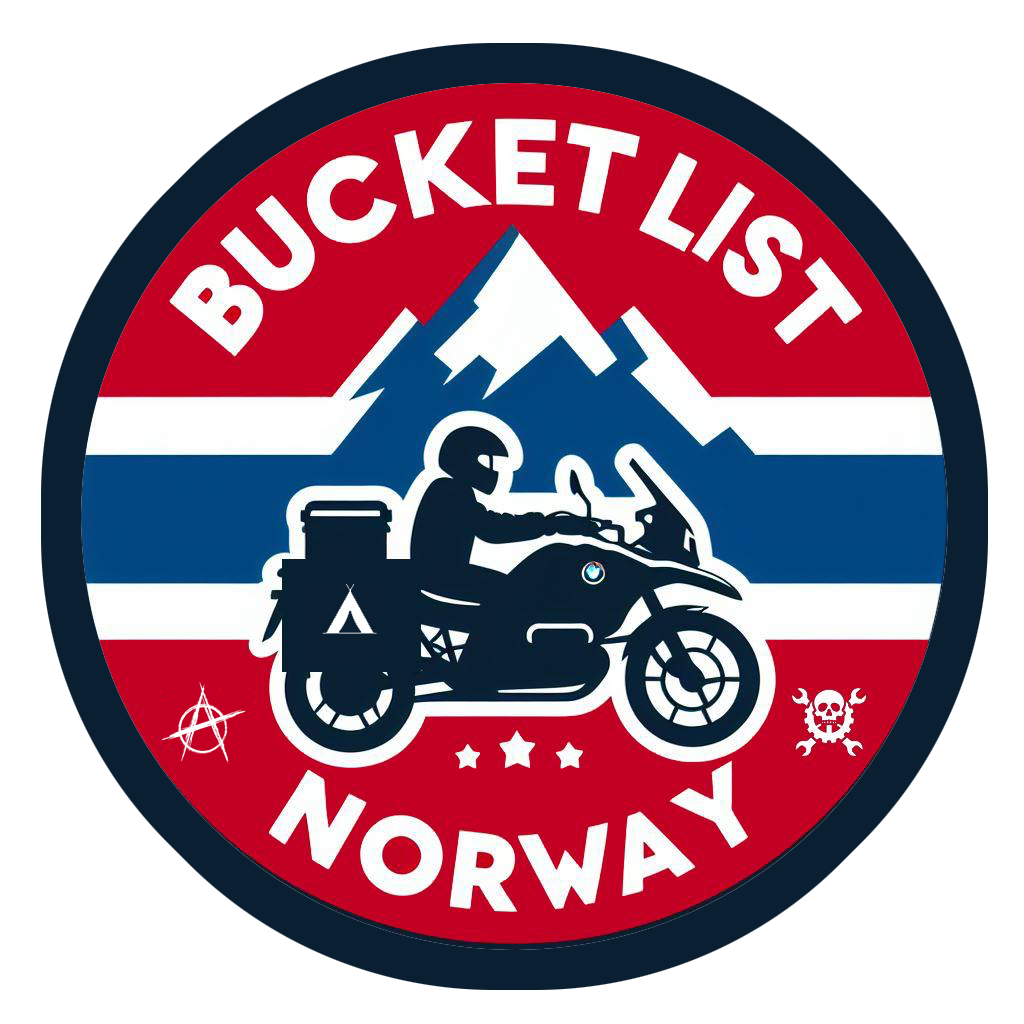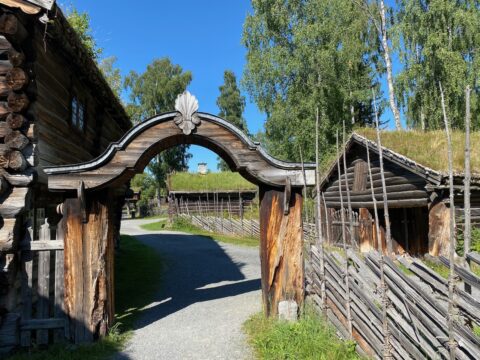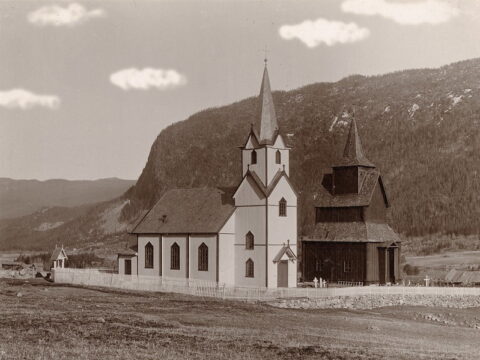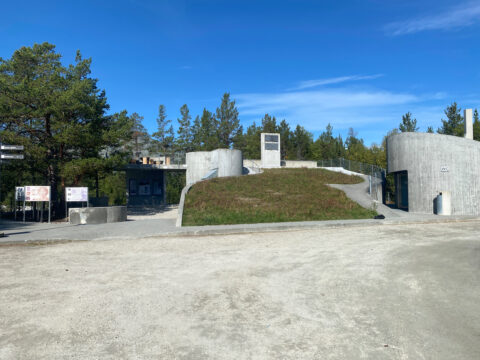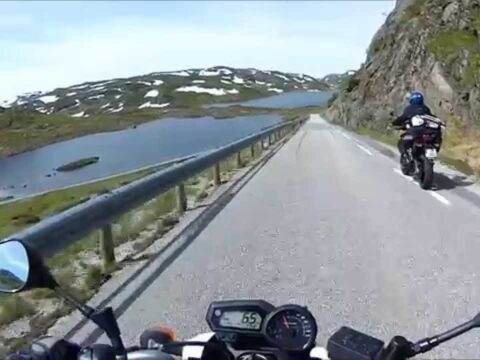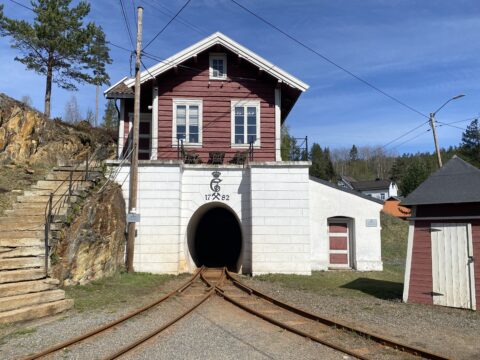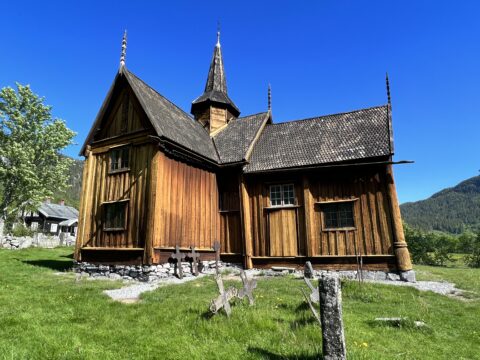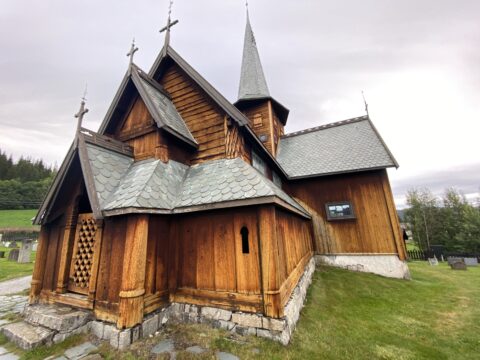Address
O. H. Holtasgate 27, 3678 Notodden
GPS
59.567577747511, 9.2624206090073
0 users have saved this item in their Bucket list.
You can also make your own list.
The Rjukan – Notodden Industrial Heritage Site is a UNESCO World Heritage Site protects the industrial landscapes in and around the towns of Rjukan and Notodden. It represents a universal value to a new global industry in the early 1900s. UNESCO added the site to the World Heritage list in 2015.
The site is located in a dramatic landscape of mountains, waterfalls, and river valleys. It comprises hydroelectric power plants, transmission lines, factories, transport systems and towns. Norsk Hydro established it to manufacture artificial fertilizer from nitrogen in the air. In turn, this met the Western world’s growing demand for agricultural production in the early 20th century.
Why UNESCO listed?
The industrial towns of Rjukan and Notodden in Telemark county in Norway are outstanding examples of a ground-breaking industrial development. It is a testament to the social transformation that took place at the beginning of the 20th century. This was a time when scientific and technological progress interlocked with economic and political factors. It’s often referred to as «the second industrial revolution».
Water from the lake Møsvatn at Hardangervidda is channelled through tunnels and pipes to the power plant in Rjukan. At it’s time, it was the world’s largest and produced enough electricity to power the Norwegian invention “the electric arc”. The electric arc produced nitric oxide from the air, through heat. This was in turn used to make fertilizer on an industrial scale – making it possible to increase food production not only in Norway, but in the whole world. For Norway, this marks the change from a poor peasant society to a modern welfare society.
Huge site
The Rjukan — Notodden site stretches almost 100 km from Møsvatn lake to Notodden. It includes 97 structures and buildings considered to be cultural significant. Examples of such structures are the power plant Vemork, Rjukan Line and the Tinnoset Line – two railways with corresponding train ferries. Other examples are the factory towns of Notodden and Rjukan, built by Tinfos and Norsk Hydro, including homes and other town buildings.
In this Bucket list, I have also included the heart of this industrial adventure, the hydroelectric power plant, Vemork at Rjukan, and the Notodden World Heritage Centre. You can find and read more about all the 97 locations here.
Notodden World Heritage Centre
In the Notodden area, you will find dozens of locations which are included in this site. But if you’re going here, my suggestion would be to visit the Notodden World Heritage Centre by the river in central Notodden. From here you can figure out which other places to see.
The World Heritage Centre has one section in Notodden, and one in Rjukan which conveys and manages the four main components in this UNESCO site: the hydropower, the industrialization, the urban communities and transportation.
The centre tells the story of one of Norway’s most important inventions; the electric arc and the production of artificial fertilizer.
Check opening hours before visiting. The fee to enter is approx. 100 NOK and on workdays, from Mid-June to mid-August, the centre is open between 12.00 and 19.00. From mid-August to mid-June, between 12.00 and 16.00.
When in the area, or if you are going north-west, make sure to stop by the beautiful Heddal stave church just north of Notodden along road 134.
Or, if you’re headed south, why not pay a visit to the beautiful Telemark canal with its many water locks.
NOTODDEN WEATHER